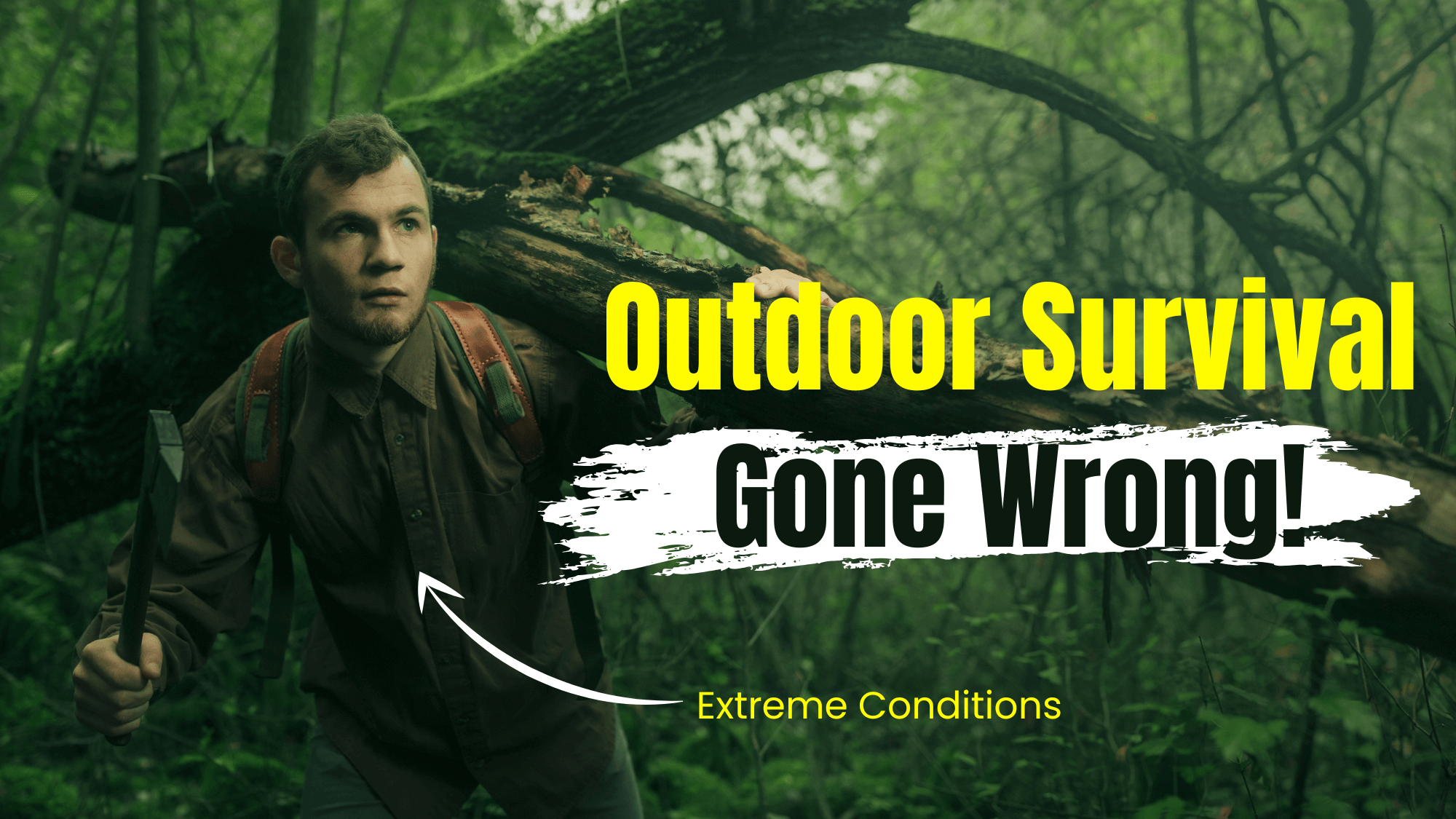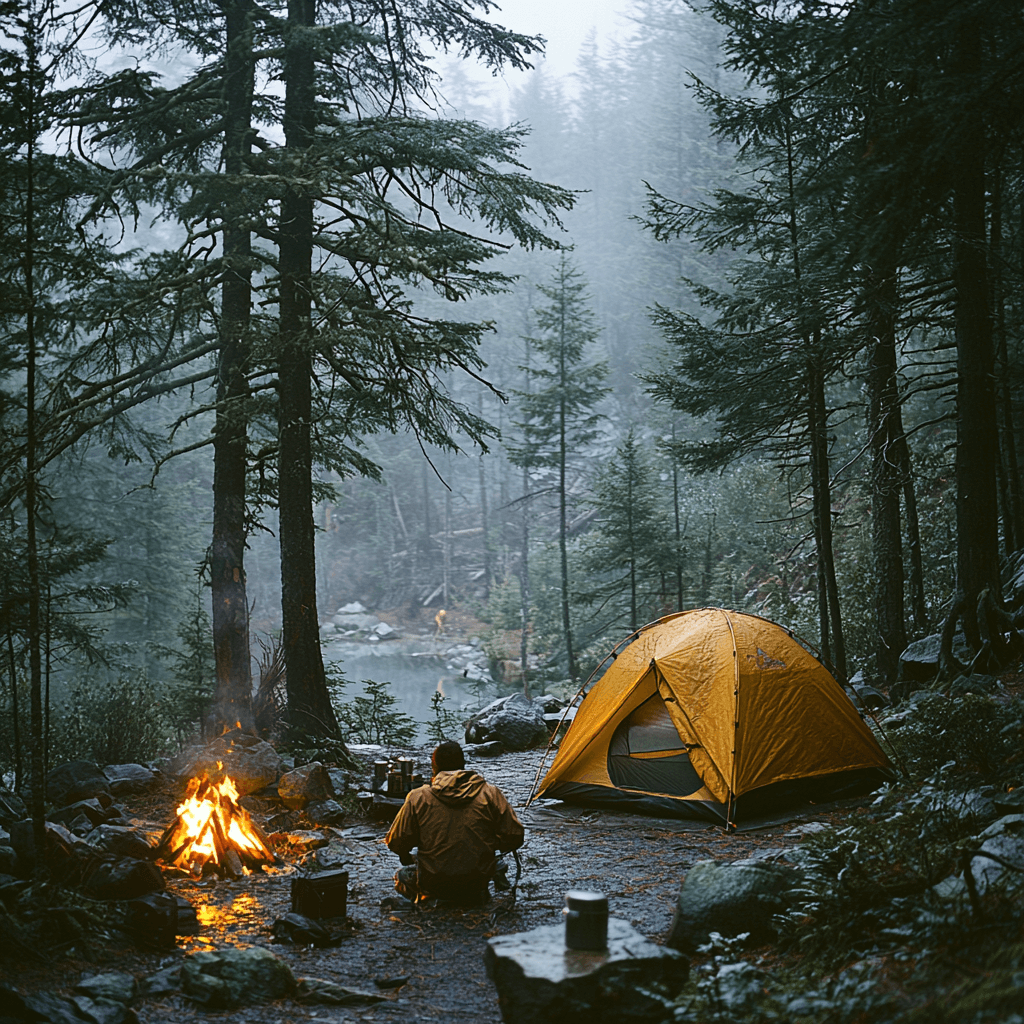Outdoor Survival Photography: Capturing Life in Extreme Conditions
Getting Started with Adventure Photography
Imagine standing on a snow-covered peak, your fingers nearly numb from the cold, but your camera ready to capture that perfect moment. That’s outdoor survival photography – where adventure meets art in the most challenging environments. Whether you’re documenting a wilderness expedition or capturing nature’s raw beauty, this field combines photography skills with outdoor survival knowledge.
“The best photos are often taken in the most difficult conditions. It’s not just about the shot – it’s about surviving to take it.”
Essential Gear for the Outdoor Photographer
Camera Equipment
Your camera gear needs to be as tough as you are. Here’s what you’ll need:
- Weather-sealed camera body
- Versatile zoom lenses (24-70mm and 70-200mm are popular choices)
- Extra batteries (cold weather drains them faster)
- Memory cards in waterproof cases
- Lens cleaning supplies
- Camera rain cover
Survival Equipment
Never compromise on safety gear:
- First aid kit
- Emergency shelter (lightweight tent or bivy sack)
- Navigation tools (maps, compass, GPS)
- Headlamp with extra batteries
- Fire starting materials
- Water filtration system
- Emergency food supplies
Weather-Proofing Your Equipment
Protection in Wet Conditions
Rain, snow, and humidity can be your camera’s worst enemies. Here’s how to protect your gear:
- Use silica gel packets in your camera bag
- Keep spare equipment in dry bags
- Apply weather sealant to camera bag seams
- Carry microfiber cloths for quick lens cleaning
- Gradually adjust your camera to temperature changes to prevent condensation
Cold Weather Photography Tips
Cold environments present unique challenges:
- Keep spare batteries close to your body for warmth
- Use hand warmers in your camera bag
- Avoid changing lenses in snowy conditions
- Use lens hoods to prevent snow accumulation
- Consider using camera covers designed for extreme cold
Planning Your Outdoor Photography Adventure
Research and Preparation
Success in outdoor survival photography starts before you leave home:
- Study weather patterns of your destination
- Research local wildlife and terrain
- Plan your shots based on sun position and lighting
- Create a detailed itinerary
- Share your plans with someone reliable
- Check local permits and regulations
Technical Aspects of Extreme Condition Photography
Camera Settings for Challenging Environments
Different environments require different approaches:
- Snow and Ice: Overexpose slightly to compensate for brightness
- Rain: Faster shutter speeds to freeze droplets
- Dust storms: Protect your sensor and use appropriate filters
- Low light: Know your camera’s ISO capabilities
- High contrast: Use bracketing for challenging lighting
Composition in Extreme Conditions
Even in difficult situations, remember these principles:
- Use natural leading lines
- Include elements that show scale
- Look for contrasting colors
- Frame your shots to tell a story
- Consider including human elements for perspective
Safety First: Balancing Art and Survival
Physical Preparation
Your body needs to be ready for the challenge:
- Build stamina through regular exercise
- Practice carrying your gear load
- Learn basic wilderness first aid
- Develop cold/heat tolerance gradually
- Master basic climbing or hiking skills if needed
Mental Preparation
The psychological aspect is equally important:
- Study emergency procedures
- Practice staying calm under pressure
- Know your limits
- Be prepared to abort missions when necessary
- Develop decision-making frameworks for risky situations
Post-Processing Considerations
Working with Extreme Condition Photos
Different environments require specific post-processing approaches:
- Snow scenes: Careful white balance adjustment
- High contrast situations: HDR techniques
- Foggy conditions: Clarity and dehaze tools
- Color correction for underwater shots
- Noise reduction for high-ISO images
Building Your Portfolio
Documenting Your Journey
Create compelling stories through your images:
- Keep a photo journal
- Document both successes and challenges
- Include behind-the-scenes shots
- Share your experiences and techniques
- Network with other outdoor photographers
Tips for Different Environments
Desert Photography
- Protect gear from sand and dust
- Shoot during golden hours
- Carry extra water
- Use UV filters
- Watch for heat damage to equipment
Mountain Photography
- Monitor altitude effects on equipment
- Watch weather patterns carefully
- Maintain stable positioning
- Use polarizing filters
- Plan for changing light conditions
Rainforest Photography
- Protect against high humidity
- Watch for condensation issues
- Use macro lenses for details
- Consider flash for dark conditions
- Keep equipment ventilated
Making a Living from Outdoor Survival Photography
Business Aspects
Turn your passion into a career:
- Build a strong online presence
- Develop multiple income streams
- Network with outdoor brands
- Create unique content
- Offer workshops or tutorials
Marketing Your Work
- Maintain an active social media presence
- Submit to outdoor magazines
- Partner with adventure companies
- Create compelling storytelling content
- Build relationships with outdoor gear brands
Conclusion
Outdoor survival photography is more than just taking pictures in challenging conditions – it’s about telling stories that few can tell, capturing moments that most will never see, and doing it all while staying safe in extreme environments. Success requires a unique blend of photography skills, outdoor knowledge, and survival expertise.
Remember, the best shot isn’t worth risking your life for – always prioritize safety over getting the perfect picture. With proper preparation, the right equipment, and a respect for nature’s power, you can create stunning images that inspire others while documenting the raw beauty of our world’s most challenging environments.
“The real art of outdoor survival photography lies not just in capturing the perfect shot, but in coming back safely to share it with the world.”
Take your time to develop both your photography and survival skills, stay safe, and keep pushing your creative boundaries within reason. The world’s most extreme environments are waiting to be photographed – are you ready for the challenge?




